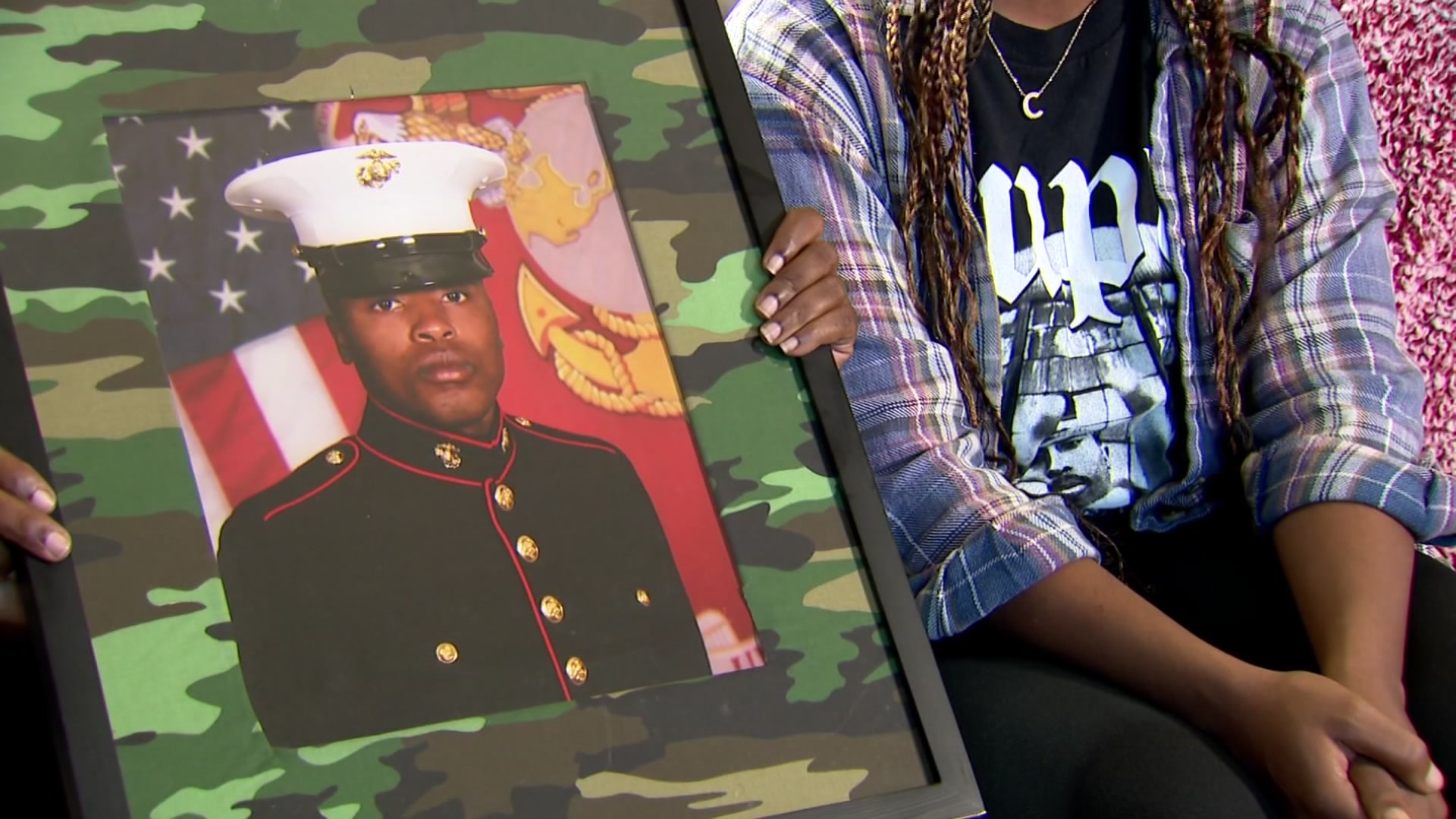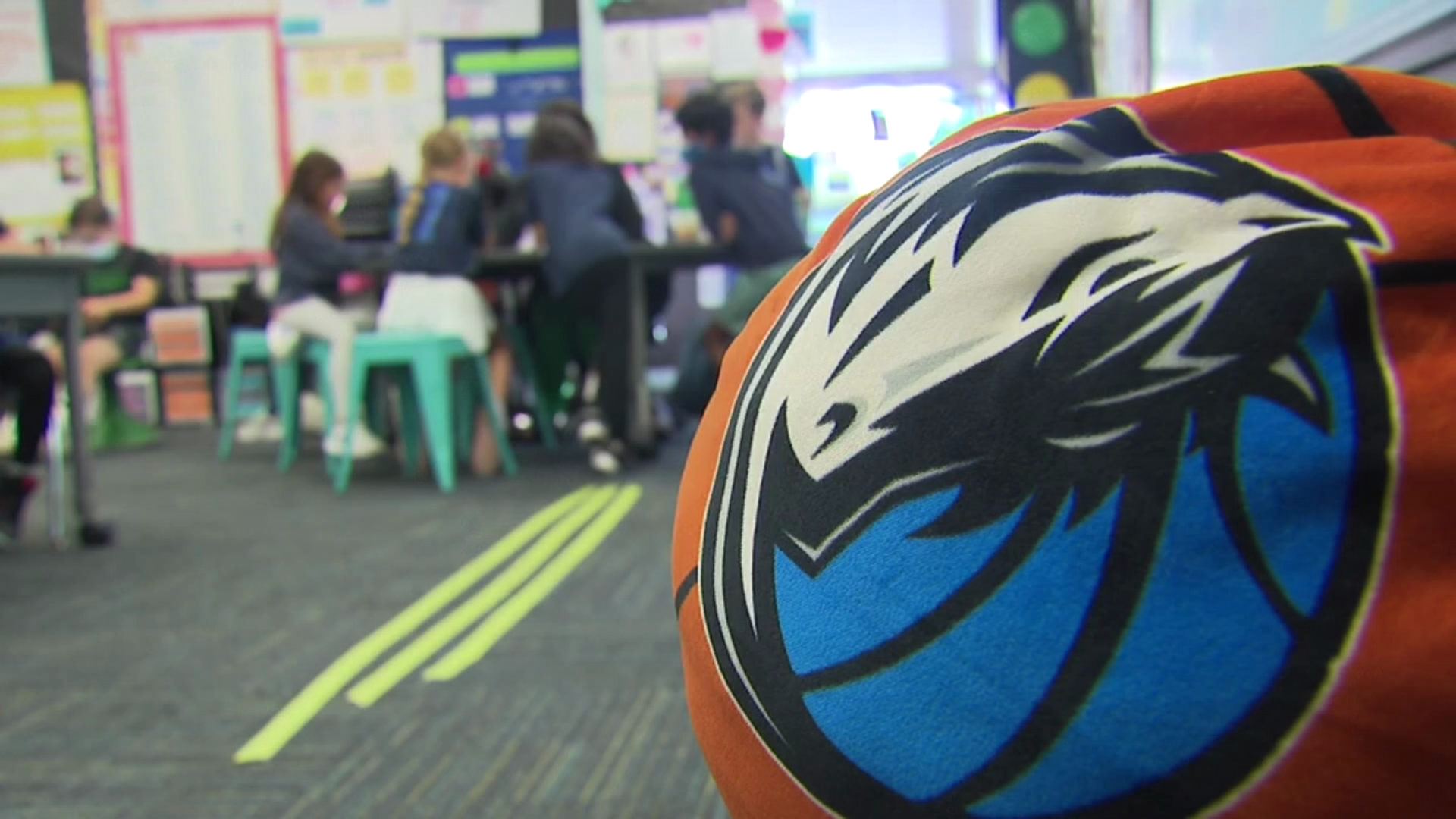Was Dallas County's health commissioner slow to react to a key piece of advice from federal health officials as West Nile virus spread this summer?
The NBC 5 Investigates team has learned that the Centers for Disease Control and Prevention suggested the county "strongly consider" aerial spraying for mosquitoes nearly a month before Dallas County launched the planes.
In emails obtained through an open-records request, NBC 5 Investigates learned about conference calls Dallas County Health and Human Services Director Zach Thompson had with the CDC.
The agency recommended the county consider aerial spraying in a July 25 conference call, said Janet McAllister, the CDC official who led the call.
"We asked them to optimize their ground spraying, and we also asked them to strongly consider the aerial spraying," she said. "And part of the conversation was what are the pros and cons of doing treatment by air."
"The option that was available to treat the largest area most efficiently was the aerial application," said Roger Nasci, head of the CDC's Arboviral Diseases Branch, which coordinates CDC's efforts to fight West Nile virus.
But when asked about what CDC said in the July 25 conference call, Thompson told NBC 5 Investigates that it had "incorrect information."
"You have provided misinformation, and you need to get your facts straight," he said.
"I've set the record straight that the recommendation you're talking about is a recommendation that the CDC looks at overall planning," Thompson said. "First you do surveillance, you do enhanced spraying, and then you, you, go to aerial spraying."
Local
The latest news from around North Texas.
Over several weeks, NBC 5 Investigates called Thompson and sent emails asking him to talk about how he handled the crisis. He responded in one e-mail: "There will be no interview."
NBC 5 Investigates tried to talk with him at the health department offices. Thompson disputed what the CDC told NBC 5 Investigates -- that the agency said on July 25 that it was time to look at aerial spraying.
"The information you're pointing out is incorrect," he said. "There is a plan, and we followed that plan, so your information and your story that you put in place is incorrect, so have a good day."
Thompson would not give NBC 5 Investigates his version of what he believes the CDC said in the July 25 conference call.
However, Dallas County should not have been surprised by a recommendation in July for aerial spraying.
The CDC's written West Nile virus guidelines say cities should "consider a coordinated widespread aerial adulticide application" when a widespread outbreak reaches Risk Level 5. The West Nile virus situation that Dallas County faced on July 25 met the criteria for Risk Level 5.
Five days after the July 25 conference call, Thompson continued to say that ground spraying was working to end the epidemic.
"We think education and targeted spraying is working," he said at a July 30 press conference. "Why we're seeing more neuroinvasive cases than anyone in surrounding counties, we don't know. We'd just be speculating."
As days passed, more people got sick.
The county had 36 human cases of West Nile virus and two deaths on July 23, the week of the conference call with the CDC. By July 27, Dallas County had 82 cases and three deaths. And by Aug. 3, the numbers had jumped to 123 cases and six deaths.
Jay Wortham was sitting by his mother's hospital bed on Aug. 3 as she slipped into a coma. Doctors said she probably would not make it.
"I'm somewhat philosophical about it," he said. "You have to accept. You have to accept what's put on your plate."
Margorie Wortham died Aug. 5.
That same day, a group of concerned doctors met about the outbreak.
Dr. James Luby, an infectious disease specialist at UT Southwestern Medical Center, said he had not talked with the CDC but thought Dallas County needed to conduct aerial spraying because so many people were brain-damaged and dying.
"People felt these were terribly ill patients and that they, we, needed to prevent more of these cases from occurring," he said.
Luby and other doctors took their concerns to the Dallas County Medical Society, which held an emergency meeting on August 5, and wrote a letter to the health department urging it to launch aerial spraying.
But Thompson recommended more intense ground spraying at a county commissioners meeting two days later.
"And we're going to take it block by block, be able to do it three nights in a row in one area and move to another area," he said.
According to a video of the Aug. 7 meeting, Thompson mentioned that he had spoken with CDC. But he did not tell commissioners at that meeting what the CDC says it told Thompson -- that the county should strongly consider aerial spraying.
County commissioners told Thompson to stick with ground spraying.
"I definitely believe a targeted approach that we're doing is the right approach at the time," Commissioner Elba Garcia said
When reporters asked Thompson about aerial spraying after the meeting, he said he needed to see more research to prove it was safe.
"I'm looking for vetted information from cities who've done spraying in urban areas," he said.
The CDC told NBC 5 Investigates that it had sent Thompson's department research about a week earlier, after the July 25 conference call, showing how aerial spraying had been used safely in other major cities, including Sacramento, Calif., where aerial spraying is frequently used to kill infected mosquitoes.
After the commissioners meeting on Aug. 7, County Judge Clay Jenkins decided to take stronger action. In his role as emergency management coordinator, Jenkins declared a health emergency on Aug. 9 and started talking directly with experts, including the CDC and Texas Health Commissioner Dr. David Lakey.
As Lakey studied the Dallas County data more closely, he saw no way that ground spraying alone was going to end the epidemic.
"I couldn't have gotten enough trucks to Dallas County to be able to cover Dallas County as a whole, so there was that logistical challenge that it would have taken much too long to get the coverage rates you would need to get," he said.
Dallas County began aerial spraying Aug. 16 after Jenkins authorized it and got cities on board. By then, the county had 230 human cases and 10 deaths.
After the planes flew, the number of new human cases dropped from about 30 or 40 per week to near zero, according to data from the state health department.
Dr. Robert Haley, a West Nile virus researcher at UT Southwestern Medical Center, called Jenkins' decision "heroic."
"And that ended the epidemic -- it just cut it right off," he said. "He saved lives, and he saved people from having brain damage. And there will be some people who will get to know their grandchildren because of that decision."
The day before the planes took off, Thompson said he supported the decision to aerial spray.
"We're in a fight we can't win from the ground level," he said.
But if CDC was recommending that the county consider aerial spraying weeks earlier, it appears Thompson did not share that information with Jenkins, the top official who could authorize the aerial spraying.
In a statement, Jenkins told NBC 5 Investigates: "My first communication from anyone regarding the possibility of aerial spraying for the 2012 WNV outbreak was August 6th, 2012."
Aug. 6 is 12 days after the date the CDC says it recommended that the county consider aerial spraying.
Wortham said he knows that spraying even a few weeks sooner would have probably been too late to make a difference for his mother but wonders if it might have saved others who died.
"We're talking about a life-and-death epidemic," he said.
Still, Wortham said he is holding back his anger toward the people in charge.
"No, I'm not angry," he said. "They're going to have to carry that on their own conscience."



